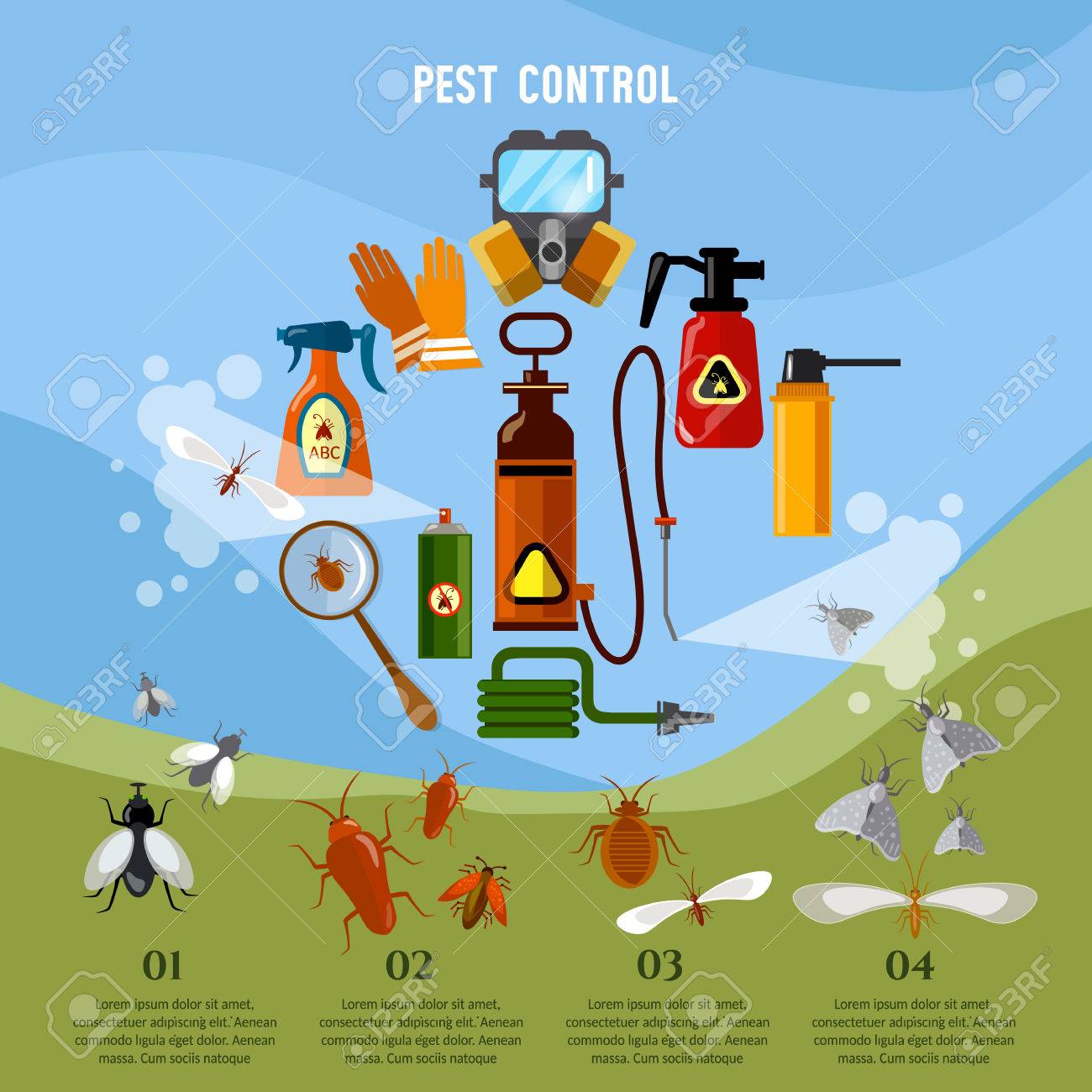Use The Power Of Recognizing Rodent Nesting Practices To Outsmart These Creatures And Master Your Rodent Control Strategies
Use The Power Of Recognizing Rodent Nesting Practices To Outsmart These Creatures And Master Your Rodent Control Strategies
Blog Article
Web Content Writer-Wynn Lehman
When it concerns rodent control, understanding common rodent actions is vital to effectively taking care of infestations. Did you understand that rodents have some interesting nesting practices that might stun you? By exploring their elaborate behaviors, you can get valuable understandings into just how to tackle rodent concerns in a much more calculated and efficient manner. So, let's decipher the secrets behind these animals' activities and find out how to outsmart them in your rodent control efforts.
Rodent Nesting Habits
When observing rodents in their all-natural environment, you'll observe that they actively choose materials to create their nests. Rodents, such as computer mice and rats, are clever creatures that utilize a variety of products like twigs, leaves, paper, and fabric to construct their homes. They're precise in their nest-building process, frequently lining their nests with softer materials like hair or plumes to develop a comfortable setting.
Rats choose to build their nests in concealed and protected locations to shield themselves and their young from predators. Typical nesting spots include wall surface dental caries, attic rooms, basements, and also within insulation products. By constructing their nests in these secluded areas, rodents can securely increase their offspring far from prospective risks.
It is important to recognize the nesting practices of rats when carrying out control steps. By interrupting their nests or getting rid of materials, you can inhibit rodents from developing a visibility in your house or home. Proper hygiene and sealing access factors are also vital steps in preventing rodent infestations.
Rat Feeding Patterns
After observing rodents' nesting behaviors, it comes to be evident that their feeding patterns play a crucial function in their lives and behaviors. Rodents, including computer mice and rats, are opportunistic feeders, meaning they'll take in whatever food source is conveniently offered. They're mainly nocturnal animals, preferring to forage for food throughout the cover of evening to stay clear of killers.
Rats have a diverse diet plan, varying from grains, seeds, fruits, and veggies to pests, nuts, and even small pets. This versatility in their food options enables them to thrive in numerous settings, including metropolitan locations where human food sources are abundant.
Their feeding patterns aren't only driven by cravings however likewise by the requirement to stockpile food for times of deficiency. This actions is specifically noticeable in preparation for winter months or when nesting. https://www.marketwatch.com/guides/home-improvement/best-pest-control/ are recognized to hoard food in their nests or burrows, making sure a continuous food supply. Understanding their feeding patterns is vital in carrying out efficient rodent control actions to disrupt their food sources and stop invasions.
Rodent Movement and Travel
Rats browse their surroundings with agility and stealth, using their keen detects to relocate quickly with their atmospheres. These animals are skilled climbers, able to scale wall surfaces and upright surfaces effortlessly. They can likewise squeeze with surprisingly little openings, making it vital to seal off any type of prospective entrance points in your home.
When it involves traveling, rats tend to adhere to familiar paths, producing tracks along wall surfaces or skirting the sides of rooms. They're creatures of habit, commonly sticking to these established paths as they forage for food or explore their environments.
Rodents are known for their nighttime routines, so you might hear them scurrying around at night as they look for food and water. Their movements are quick and erratic, enabling them to dart in and out of view in the blink of an eye.
Understanding exactly how rats move and travel can aid you recognize possible infestation areas in your home and take aggressive steps to prevent these insects from obtaining a footing.
Verdict
As you work to regulate rodents in your home, keep in mind that comprehending their habits is essential. By identifying their nesting behaviors, feeding patterns, and movement, you can efficiently avoid invasions.
Coincidentally, by taking proactive measures to remove food resources and seal off entrance factors, you can disrupt their acquainted paths and compel them to seek out brand-new locations, eventually lowering the likelihood of rodent visibility in your space.
